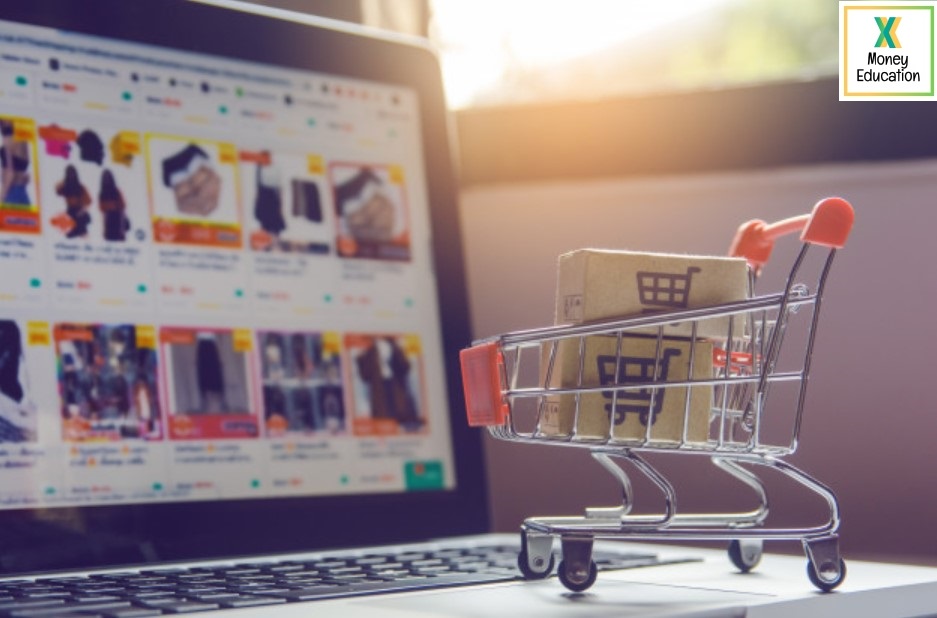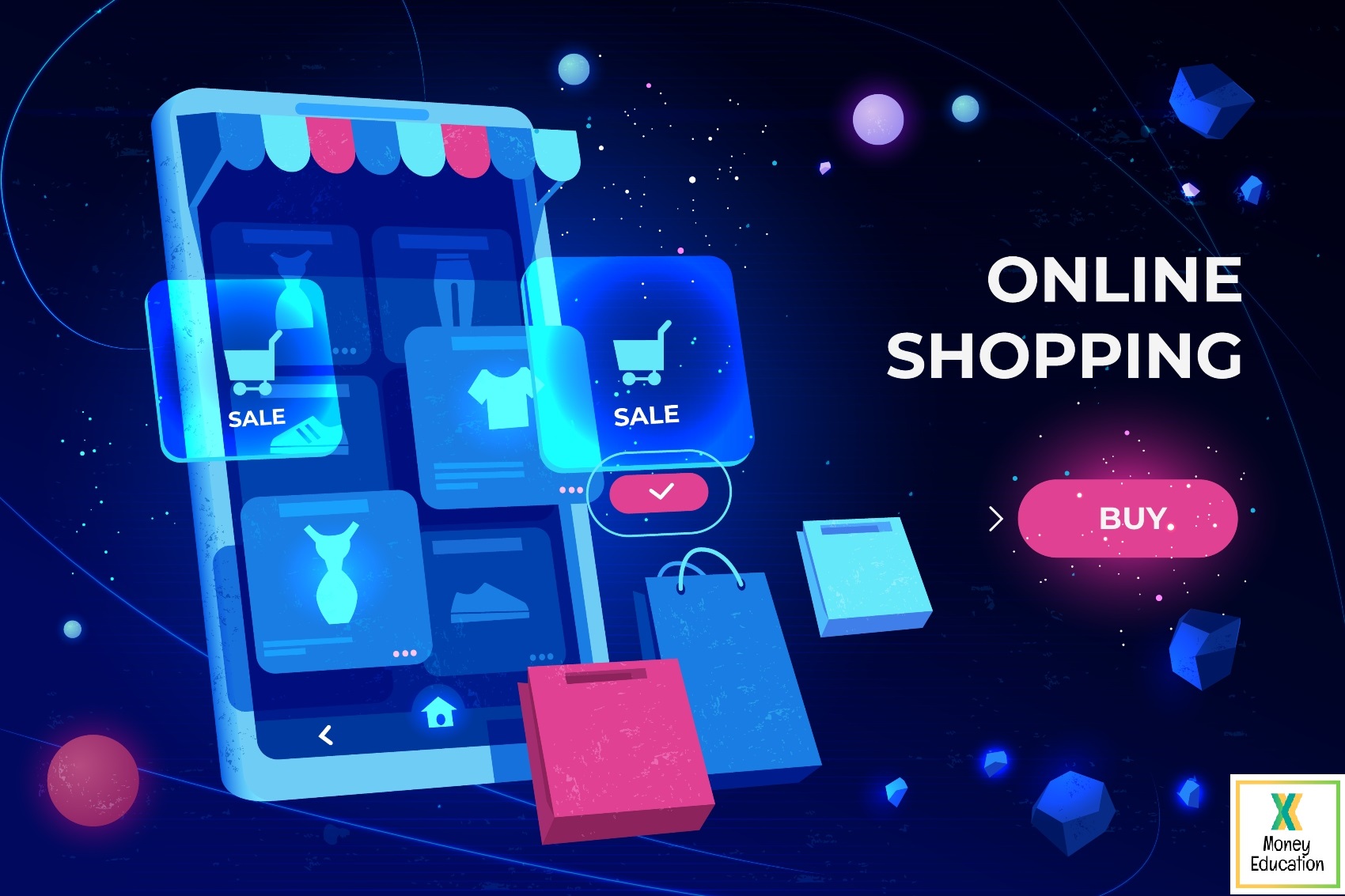How to start an eCommerce shop?
- Comments Off on How to start an eCommerce shop?
- Where to begin if you want to start an eCommerce shop?
- Things to consider if you want to start an eCommerce shop
- I already considered those things. What’s next?
- Want to start selling in your eCommerce shop? Start with an eBook!
- Want to get serious about selling in your eCommerce shop?
- Key components you need to consider when you start an eCommerce shop
- Ready for more?
Are you looking for tips on how to start an eCommerce shop? If yes, you’ve come to the right place!
In this article, you will learn a handful of straightforward steps that will make you want to start an eCommerce shop right away. What I’ll be teaching you are not miracle techniques. However, they are adequate to urge you off and on the proper footing. Once your eCommerce shop is up and running, you’ll be able to diversify into alternative niches and see what becomes of it.
Where to begin if you want to start an eCommerce shop?
You need to address the bigger elephant in the room first. If you really want to start an eCommerce shop, you need to be able to answer the question — “Am I willing to put in the time and energy it requires?”
First, you need to answer the question, “Am I willing to put in the time and energy it requires?”
If your answer is yes, then you’re on the right track.
But make no mistake. Success is not straightforward. However, if you persevere, you may notice that everything you poured into it would be worth it.
Things to consider if you want to start an eCommerce shop
- A platform where sellers can check-in and sell their products
- A system to manage customers and settle their payments
- A mechanism that ensures merchandise area units are collected from vendors and area units are shipped to their correct customers
- A merchandising system that solves disputes between client and vendor.
- Extensions that enable you to sell all the merchandise listed on your platform to alternative platforms — with the likes of Amazon and Flipkart.
- A system that analyzes all of your leads and conversions
- A system that provides recommendations on how to improve your current setup
These are fundamental necessities, or the least you can have before you start an eCommerce shop. The list above also assumes that you already have the products you want to sell — meaning you’re either the manufacturer or a supplier from a reliable provider.
I already considered those things. What’s next?
You have two choices to proceed. And they are:
- Code all of those by yourself, or
- You let a development agency handle it
Each of those choices has its own set of benefits and downsides. But the most important advantage with your commitment to writing it on your own is the flexibility to personalize.
In case you choose to hire a development agency, you may be required to deal some cash. If that’s not a problem with you, this is also a good choice to do as this helps you focus on what you consider important — selling.

Want to start selling in your eCommerce shop? Start with an eBook!
You can say that the entry-level for this field is selling an eBook online. And it actually could be a solid plan. Just add a touch of information for a specific audience, and you’re good to go.
If this sounds good for you, here are the steps on how to make an eBook that sells:
Step 1.
Content
It’s safe to say that you can monetize any niche. And that means you can also monetize your niche.
Do you want to write an eBook that sells? If yes, then you must first begin creating compelling content. Here are some examples according to a specified niche:
- If you’re a gymnasium addict, you can write about the most effective physical exercise and produce an eBook.
- If you’ve got a dog, you can write an eBook specifically for new dog homeowners to help them out on how to take care of their new family member.
- If you relish preparation, throw along with your favorite recipes into an eBook.
- If you’re an Associate in Nursing bourgeois, write an Associate in Nursing eBook.
Step 2.
Design
The easiest way to writing your eBook is by using Canva. Setting up an account is free. And it’s also terribly straightforward to use. Canva can help you create your eBook cover in just a few easy steps. What’s more, is that you can even make it through their mobile app! Canva also offers many templates you can choose from, so designing your first eBook is now made easy.
Step 3.
Platform
If you want to have a decent platform to sell your ebook, you’ve got lots of choices.
So sign up in a known platform, produce your website, and create your ebook!
Done that? You can now set everything live.
Step 4.
Publicity
Got a fitness ebook? Begin a fitness page on Instagram. Whatever your niche is, you must drive traffic, build your fan base, and sell to your audience!
Want to get serious about selling in your eCommerce shop?
The first issue that you need to address is choosing which platform to start selling online. When choosing where to put up your physical store, you first explore the most strategic location to draw customers. The same goes when putting up a store online. So choose the platform that suits your needs and preferences.
Read on to know more about where to put up your eCommerce shop. Choose the one you think works for you while at the same time keeping your product quality and integrity.
Hosted vs. Self Hosted platform
Hosted platforms offer you an all-in-one eCommerce solution that features hosting, a pushcart operation, and technical support. However, these platforms charge you monthly fees that vary depending on the scale of your store and merchandise. In exchange for fastened rate or subscription fees, you get free hosting and full school support.
On the other hand, in self-hosted platforms, you’ll be selling on an eCommerce website. Various platforms are well documented, which allow you to modify or tweak features except for their basic options. If you want to add extra features, install the plugin and extensions. On the other hand,
Key components you need to consider when you start an eCommerce shop
Here are the key components of an eCommerce store:
- Merchandise – It will either be one targeted product with numerous styles or a line of various merchandise (take, for example, Amazon, Flipkart, eBay).
- Logistics – product shipping, returns, distribution
- Inventory – range of merchandise available, locations
- Technology – website, app, or both
- Payment Gateways – platforms that accept payments
- Client acquisition – selling, branding, sales
- Client care/service
You can also produce a website with an ASCII text file platform. Where it gives you a plug-n-play plugin to make an eCommerce website. Such a platform embodies OpenCart, Magento community, WordPress.com, WordPress.org, and the like.
Take, for example, WordPress. You can use their platform with the WooCommerce plugin to feature eCommerce capabilities on your website. However, using this method could also mean additional expense for you. And there’s another drawback related to this method: there’s no direct client support for ASCII text file platforms. And after you run into issues, you can only find help through community forums or hiring a developer.
Now let’s discuss each component:
1. Merchandise
Your merchandise is actually the most significant facet of your eCommerce business. This means that your value proposition is essential.
I believe most of your merchandise is often sold out on already existent eCommerce platforms such as Amazon, Flipkart, eBay, Etsy, Snapdeal, and the like. But the best thing about these platforms is this: they’ll handle most of the tasks for you. That also means that you wouldn’t consume time on building a website, an app, or on client service anymore. Also, these websites are extra sales channels for your merchandise. So, bear in mind that it’s smart to be in a lot of sales channels. Why? Because this might also translate to extend your sales.
2. Logistics
If your transactions per day or month are overwhelming for you as a startup, then you need to partner with logistics companies. They are the ones that can look out for your merchandise pick-ups and deliveries. They’ll not solely handle that for you. However, they can inform you regarding the tracking codes. They also supply the APIs for your website to make sure a fashionable delivery process.
Famous logistics companies come in the name of India Post, FedEx, DTDC, and the likes.
3. Inventory
Unless you’re as vast as Amazon, the assumption is that you don’t own warehouses to store your merchandise. So it’s important that you keep track of your inventory. Because it supports your sales estimates as well as keeping your stocks in check.
4. Technology
There are two ways in which you can maximize a given technology.
(1) You can either use platforms like Shopify or WooCommerce that are engineered for those who want to start eCommerce platforms.
OR
(2) Hard code from scratch which takes up plenty of your time and cash.
If I were you, I’d need to opt with Shopify or WooCommerce. Each of them has pros and cons. But all you need to do is select one that matches your needs and preferences.
6. Client Acquisition
This is a very important aspect you need to pay attention to when starting your eCommerce business. Remember, your customers are the ones who make the whole thing possible. Therefore, you need to make sure that the products you sell provide solutions to the very people you seek to serve.
You can use Facebook Ads, Google AdWords, content selling, and other strategies to amass customers.
7. Client Care/Service
When was the last time you checked a customer review before buying a product? How about a customer service you can’t stop talking about?
Yes, that’s right. Nothing beats word-of-mouth when it comes to sharing new ideas and products.
Nothing beats word-of-mouth when it comes to sharing new ideas and products.
This only happens when your customers are pleased with your product and service. Considering the degree of transactions, you can have either an in-house team to handle client support or source this our from a different company.
Take, for example, Amazon. It is a client-targeted company and that explains why it’s growing every day.
Ready for more?
Online shopping is the future. And since you want to start an eCommerce shop, you’re already on your way to the top. To find out more about this type of business, here’s our article on how to open a dropshipping business.



